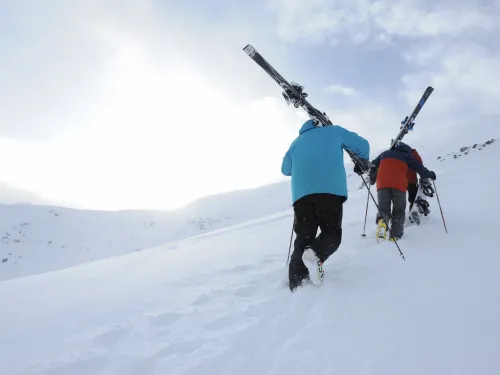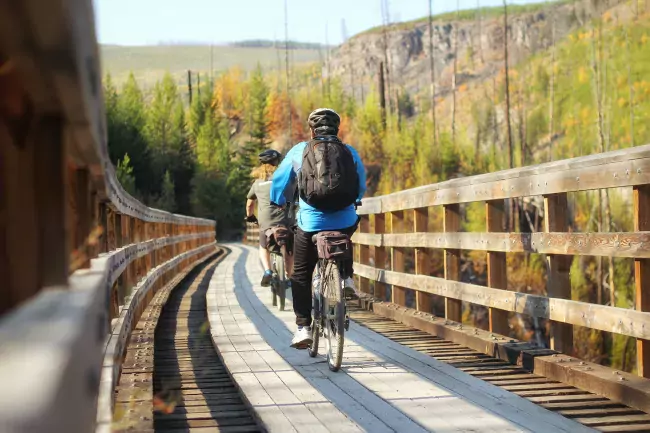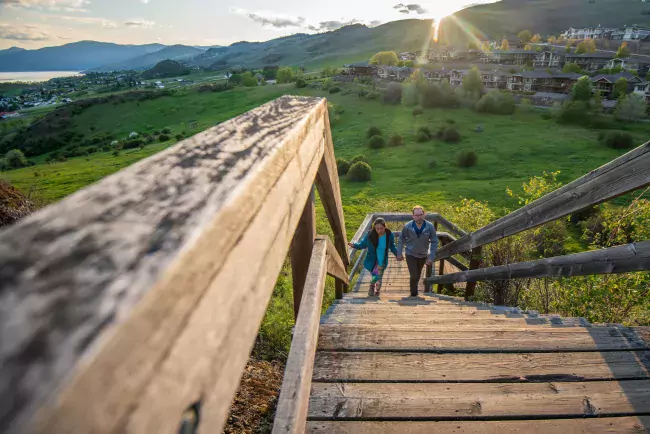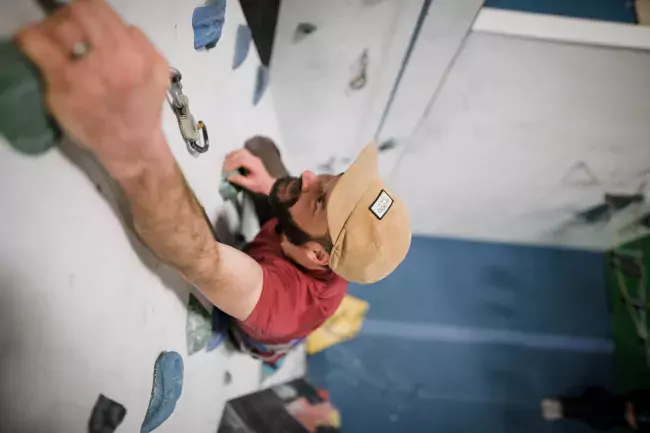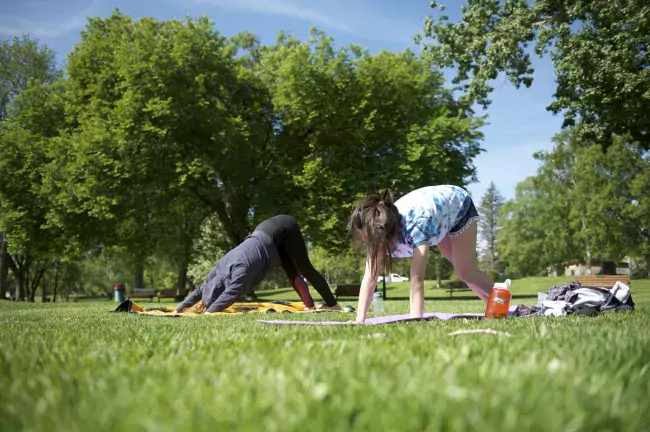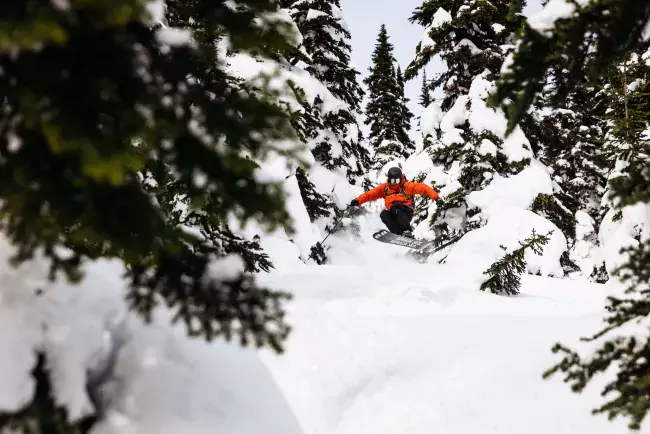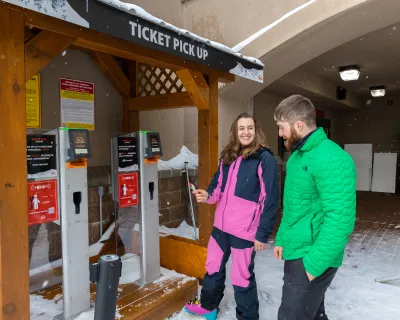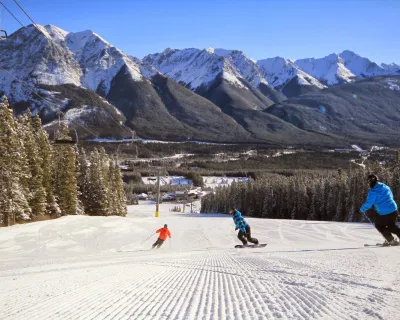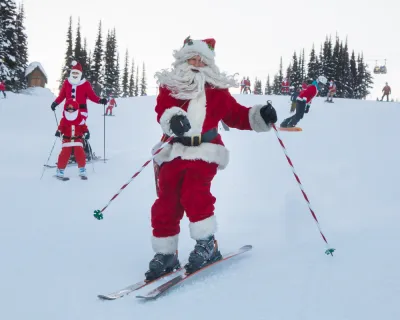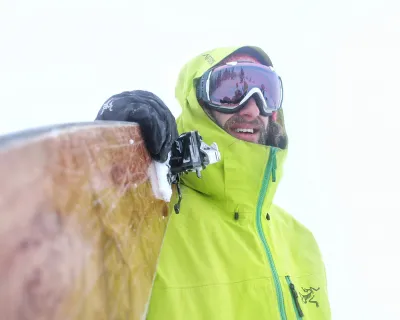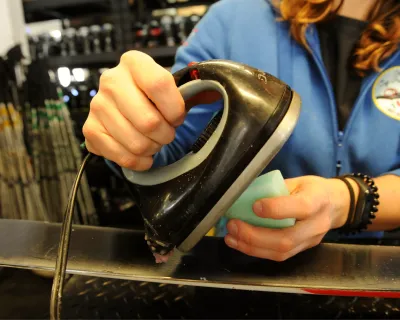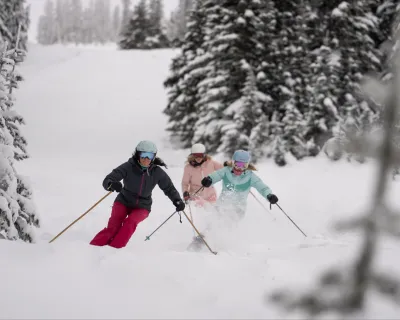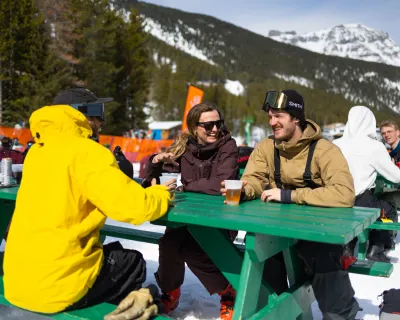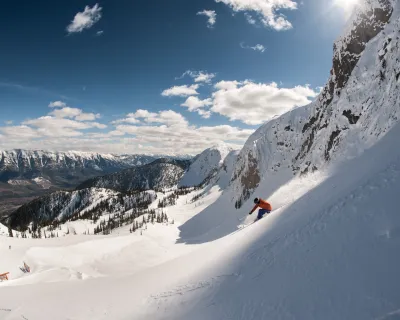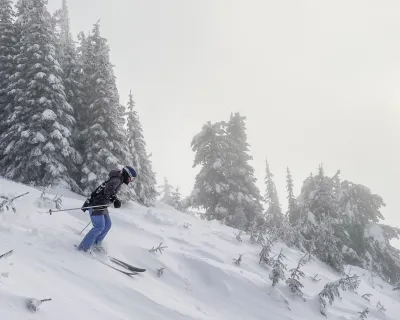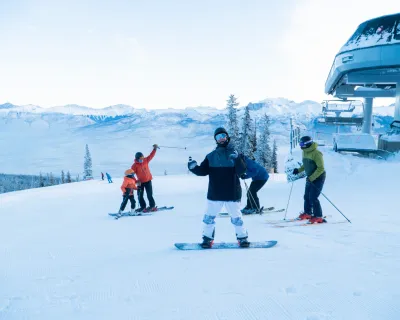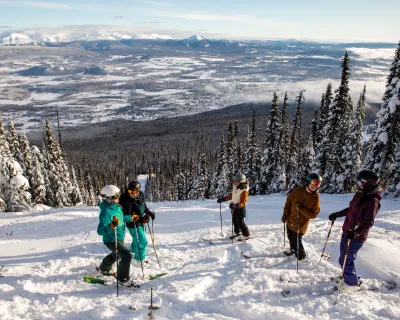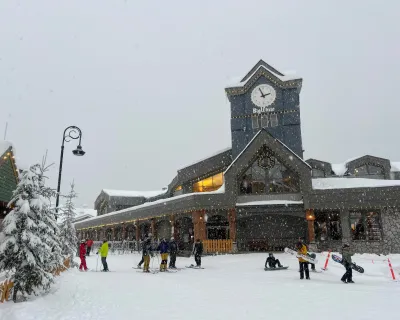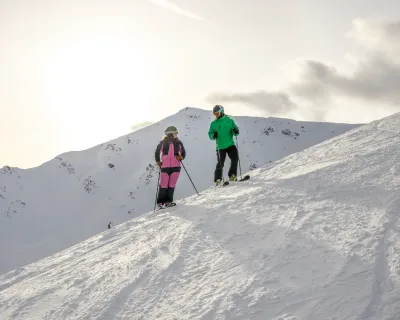
5 pre-season training tips for ski season
with files from Adam Robertson
It may still be summer but soon enough, we'll be feeling that crisp chill in the morning air, as the seasons change. How do you prepare for the winter snow season? Have you thought about how doing some physical preparation will help you once you get on snow?
Enter dryland training. Dryland, or pre-season, training can consist of many activities and can be a fun thing to do. The trick is: think beyond the gym!
Dryland training can be fun and can involve many things including mountain biking, skateboarding, rock climbing, soccer and many other activities. What is important is that you get active and do things you enjoy.
Here are five pre-season training tips to help you establish your comprehensive dryland training program. There's no time like the present: ski season hits in less than 90 days! (If you're wondering when, check out our 2024-25 ski resort opening dates listings.
5 pre-season training tips
1. Do a proper warm-up. This should consist of some aerobic activity to activate your muscles, and a stretch, that consists of a lot of movement to prepare your muscles for activity.
2. Incorporate some aerobic work into your activity. Whether that consists of long bouts of moderate aerobic activity or shorts bursts of intense work—this is very important to your training. Increasing your ability to sustain aerobic movement on the mountain will help you find your flow and ride with ease.
score better snow days with SnowSeekers
sign up for the FREE newsletter that gets you into the snow
3. Strengthening your overall body is very important. Of course we need to have strong legs for skiing/snowboarding and naturally you'll want to factor a significant amount of leg strengthening into your training. But let's not forget that our upper body plays a large role in maintaining stability for our riding and incorporating exercises that focus on this is also important.
4. Work your core! One of the most important and sometimes forgotten areas is your core, which essentially stabilizes everything that you are trying to do on the snow. This does not mean you have to do 1,000 sit ups a day, focusing on all aspects of your core is key and there are many different ways to do this.
score better snow days with SnowSeekers
sign up for the FREE newsletter that gets you into the snow
5. Stretch! Do it every day! You've heard it before, tight muscles lead to injury. You want to be loose, at ease and ready to flow on the slopes. Generally, the more you stretch, the better your body will respond to activity.
Bonus tip: start now! Yes, we may still just be pulling the sweaters out of storage but that's exactly the time to start training to get the jump on ski season. The longer the window you give yourself to train, the more gradual you can build.
By going low and slow and building your workouts gradually, you also decrease your risk of injury. Because who wants to be laid up with a knee or back injury when that first powder day comes?
Get stoked for the season
If you're stoked for ski season like we are, read on for more inspiration and ideas for getting you ready for the season.
For some extra motivation, check out opening dates for Western Canada ski areasfor 2025-26!
